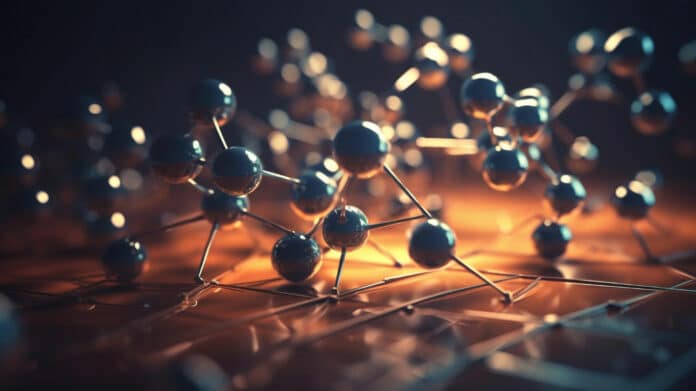An appealing material, bilayer graphene, is home to a high-quality two-dimensional electron gas with a tunable band gap. It has been claimed that the band gap can be used to electrically gate-tune the carrier, producing nanostructures like quantum dots. Radio-frequency (rf) reflectometry, which allows high-speed electrical measurements, is crucial to implementing applications for quantum bit devices and exploring the dynamics of the electronic states.
To create a high-speed readout technique, a team of researchers from Tohoku University has now described improvements to radio-frequency (rf) reflectometry. Surprisingly, the innovation makes use of graphene directly.
To gather data on samples, radio frequency reflectometry measures the reflected signals after they are sent into a transmission line. However, in systems that use bilayer graphene, rf leakage, and subpar resonator characteristics result from a large amount of stray capacitance in the measuring circuit. Although several strategies have been investigated to lessen this, precise device design standards still need improvement.
To address this problem, scientists used a microscale graphite back-gate and an undoped silicon substrate.
Tomohiro Otsuka, corresponding author of the paper and associate professor at Tohoku University’s Advanced Institute for Materials Research (WPI-AIMR), said, “We successfully realized good rf matching conditions, calculated the readout accuracy numerically, and compared these measurements with direct current measurements to confirm its consistency. This allowed us to observe Coulomb diamonds through rf reflectometry, a phenomenon indicating the formation of quantum dots in the conduction channel, driven by potential fluctuations caused by bubbles.”
Scientists proposed improvements to rf reflectometry provide essential contributions to developing next-generation devices such as quantum computers and exploring physical properties using two-dimensional materials, such as graphene.
Journal Reference:
- Tomoya Johmen, Motoya Shinozaki, Yoshihiro Fujiwara, Takumi Aizawa, and Tomohiro Otsuka. Radio-Frequency Reflectometry in Bilayer Graphene Devices Utilizing Microscale Graphite Back-Gates. Physical Review Applied. DOI: 10.1103/PhysRevApplied.20.014035
